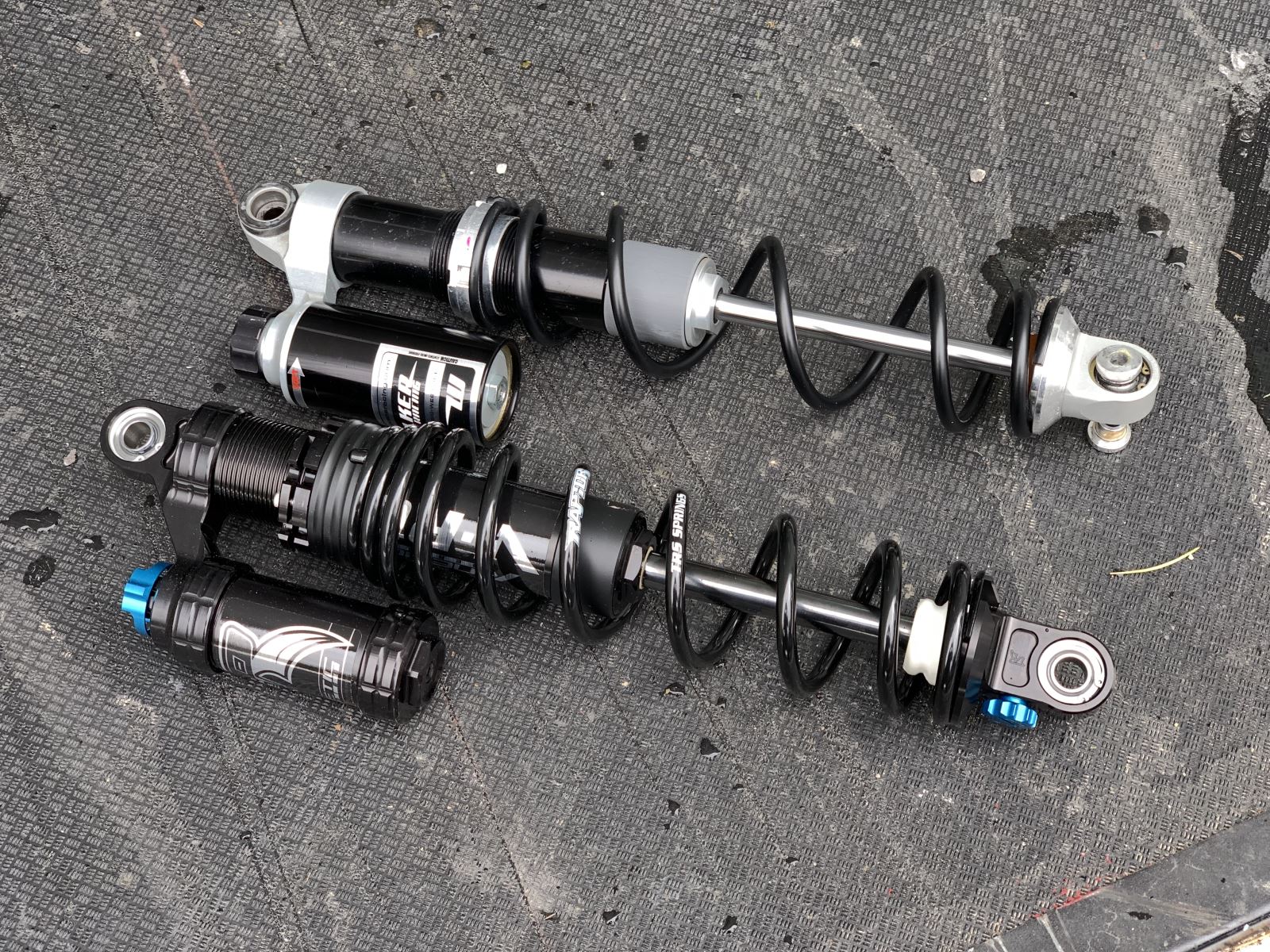When Matt Entz contacted us about testing the latest Raptor Kinetic shocks, we were excited about the performance improvements the shocks had to offer over the factory RMK shocks.
Most riders don’t put enough thought into their sled’s suspension. The factories do a pretty good job at putting quality shocks under modern mountain sleds. But they’re valved for a very broad range of rider weights, riding styles and snow conditions. The stock shock package on your new sled has to work well enough to cover the rider in Alaska on coastal wet snow, the rider in Colorado in continental fluffy powder and the rider in Maine, boondocking through thick trees. Additionally, sledders are historically notorious for not keeping their shocks serviced the same way, say, a motocross rider would. Your sled’s shocks should be re-sprung to match your weight, re-valved to match your riding style, and have the oil changed at least once a season, depending on how many miles you put on the clock.
The best way to improve your sled’s handling, though, is to replace the stock one-for-all shocks with some high-tech aftermarket shocks.

Raptor’s Kinetic series shocks feature a patent-pending bypass system that allows shock oil to bypass the main valve piston in certain actions, known as the Terrain Sensitive Bypass Zone. That allows the shock to maintain optimum bottom-out resistance yet provide a plush ride. The Kinetic series shocks feature a piggyback reservoir. The tuning capabilities are unreal, since you can always rely on the Kinetic’s bottoming resistance. You can build a very plush-riding shock, or a very aggressive race-style shock. We went with the Matt Entz mountain setup.
We installed them on our Axys Pro RMK 850 163, which actually has a pretty good ride calibration out of the box. The Pro RMK 850 has a new front end and shock package compared to what’s been on the 800 since 2016. So we were anxious to see just how the Raptor Kinetic shocks affected the ride of the sled.